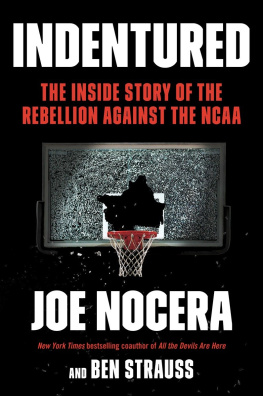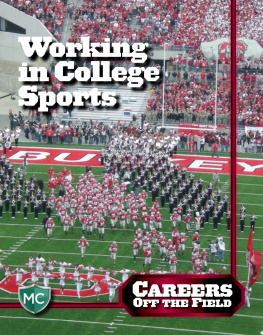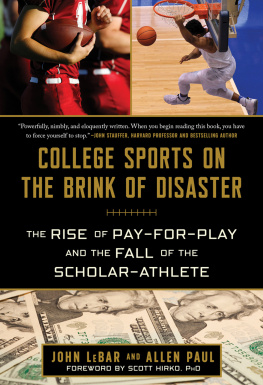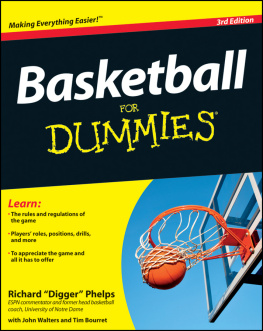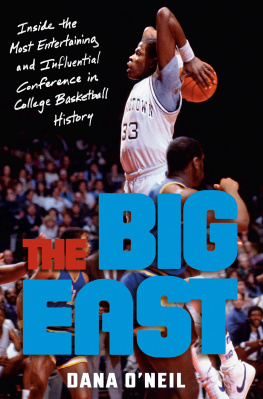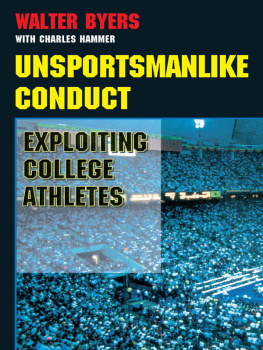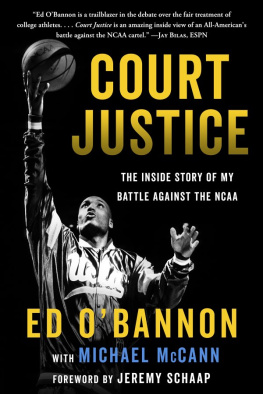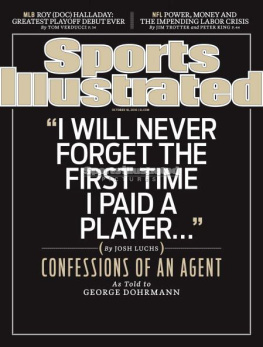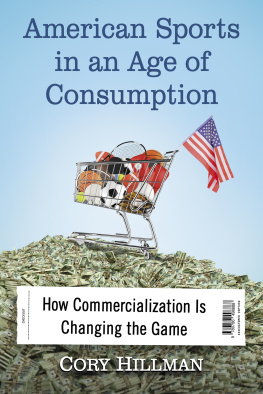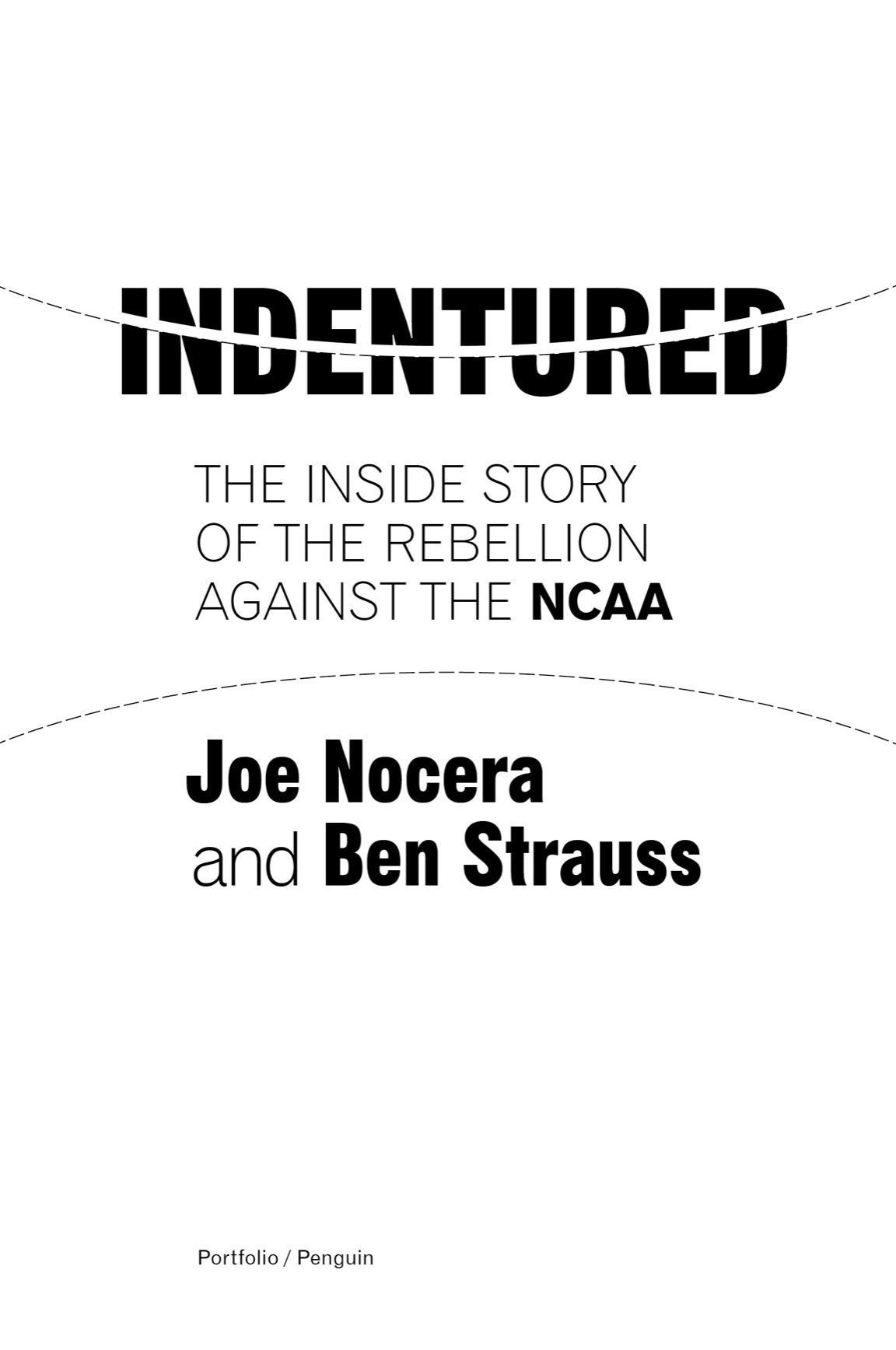PORTFOLIO / PENGUIN
An imprint of Penguin Random House LLC
375 Hudson Street
New York, New York 10014
penguin.com
Copyright 2016 by Joe Nocera and Ben Strauss
Penguin supports copyright. Copyright fuels creativity, encourages diverse voices, promotes free speech, and creates a vibrant culture. Thank you for buying an authorized edition of this book and for complying with copyright laws by not reproducing, scanning, or distributing any part of it in any form without permission. You are supporting writers and allowing Penguin to continue to publish books for every reader.
Excuses, Not Reasons by Andy Schwarz. Reprinted by permission of the author.
National Letter of Indenture by Andy Schwarz and Jason Belzer. Reprinted by permission of the authors.
LIBRARY OF CONGRESS CATALOGING-IN-PUBLICATION DATA
Names: Nocera, Joseph, author. | Strauss, Ben.
Title: Indentured : the inside story of the rebellion against the NCAA / Joe Nocera and Ben Strauss.
Description: New York : Portfolio, [2016] | Includes index.
Identifiers: LCCN 2015044500 (print) | LCCN 2015048037 (ebook) | ISBN 9781591846321 (hardcover) | ISBN 9781101619919 (ebook)
Subjects: LCSH: National Collegiate Athletic Association. | College sportsEconomic aspectsUnited States. | College athletesUnited StatesEconomic conditions. | College sportsUnited StatesManagement. | College sportsMoral and ethical aspectsUnited States.
Classification: LCC GV351 .N64 2016 (print) | LCC GV351 (ebook) | DDC 796.04/30973dc23
LC record available at http://lccn.loc.gov/2015044500
Version_1
For Macklin
Joe Nocera
For my parents, Leslie and Jonathan
Ben Strauss
PROLOGUE
WHY DO THEY HATE ME SO MUCH?
R yan Boatright was in trouble with the National Collegiate Athletic Association even before he played his first game as a freshman point guard for the University of Connecticut Huskies.
Boatright had arrived at UConn in the fall of 2011 from Aurora, Illinois, a town of two hundred thousand an hour west of Chicago, with a per capita income that ranks it 261st among Illinois cities. His mother, Tanesha Boatright, was a single mom struggling to raise four children; her job as a customer service representative for a health care company earned her a paycheck that was not much better than minimum wage. Her father had been a well-known local track coach, and shed run track herself in high school, before she got pregnant with Ryan when she was seventeen. It was obvious early on that her son was also athletically gifted; despite his lack of sizehe never grew taller than five foot tenbasketball was his game, and both he and his mother came to see the sport as his ticket to a better life, not just for himself but for his family. When he was thirteen, he attended a basketball camp run by Tim Floyd, then the basketball coach at the University of Southern California. Floyd became so enamored with Boatright that he offered him a scholarship on the spot. (Floyd resigned a few years later, after being tarred by a recruiting scandal.) At East Aurora High School, Boatright started as a freshman; three years later, as the teams senior point guard, he averaged over 30 points a game and was named Illinoiss coMr. Basketball.
Like many top high school athletes, Boatright also played for a local Amateur Athletic Union (AAU) team. His coach, Reggie Rose, the brother of Chicago Bulls star Derrick Rose, was a long-standing friend of his mothers, and over time he became a father figure to Boatright. During a particularly stressful period in the Boatright household, Rose got Ryan out of Aurora, taking him to California, where he spent several days working out with other good playersanother thing the best high school players commonly do. When Tanesha bought a used car, a 2008 Chevrolet Impala she needed to get to her job, Rose helped her with some of the payments. And when Boatright went on his recruiting visitshe made four trips in all, including one to the UConn campus in Storrs, ConnecticutRose covered the cost of an additional plane ticket so that Tanesha could go too. Most people would views these as acts of generosity, a friend helping out a friend with fewer resources. But the NCAA, which had been tipped off about the money Rose gave Tanesha, saw them as potentialnay, likelyviolations of its amateurism rules. Thats why Boatright was in trouble.
Since the early 1950s, the NCAA has served as the powerful overlord of college sports, with one central tenet: that college athletes, whether gymnasts or quarterbacks, must be unpaid amateurs, for whom sports is little more than a sideline to their academic pursuits. As the NCAA puts it in its bylaws, Student participation in intercollegiate athletics is an avocation, and student-athletes should be protected from exploitation by professional and commercial enterprises.
The NCAAs long-standing insistence that amateurism is the core value of college sports has always been more than a little hypocriticalas has the idea that the NCAA was somehow preventing (as opposed to enabling) their exploitation. Has there ever really been a time when the athletes in the so-called revenue sports that are the focus of this bookfootball and mens basketballwerent expected to put their sport first and their studies a distant second, while helping to bring glory and money to their school? Has there ever been a time when college athletes werent at some level exploited? Long before coaches made millions and the NCAA turned its annual basketball championship into the financial windfall known as March Madness, critics have complained about the pervasive commercialism of college athletics.
But with the NCAA now generating over $900 million in annual revenue; with athletic conferences owning their own lucrative all-sports cable networks; with coaches making $5 million (Jim Harbaugh, Michigan football) or $7 million (Nick Saban, Alabama football) or even $10 million (Mike Krzyzewski, Duke basketball); and with ESPN paying $7.3 billion over twelve years for the rights to the new college football playoff, the idea that the players who make all this possible should not get much more than a scholarship isnt just hypocritical. Its offensive. An economist named Dan Rascher, who is a character in this book, estimates that college sports in its totality generates some $13 billion, which, incredibly, is more than the most lucrative professional sports league in America, the National Football League.
Before we go any further, a few facts: More than 460,000 NCAA athletes participate in twenty-four sports across its three divisions. Supporters of the status quo like to point out that the system as currently constructed maximizes opportunities for the largest number of athletesthink of all the scholarships for tennis players and swimmers. Our book is focused on the 15,000 athletes playing top-level football and nearly 5,500 in Division I mens basketball, because they produce the revenue that pays for everything from those expensive football coaches salaries to track and field scholarships. Indeed, most schools athletic department budgets remain separate from central administration. But while the college sports establishment squeezes every last dollar out of their marquee athletesweekday night games, schools jumping from conference to conference, and a rash of corporate sponsorsthey must remain amateurs, while a little more than 5 percent of them go on to careers in the NBA or NFL.

